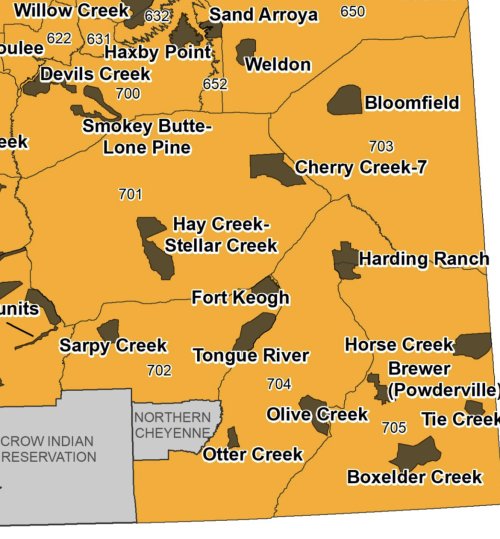Holy crap you guys have lost your minds. What percentage of region 7 has conifers?Im not sure what we arguing about at this point. Everyone agrees habitat is very important. In most places it’s the most important but specifically in eastern Montana with Mule Deer bucks you have lead poisoning issues that have to be dealt with first before habitat matters at all. I can say with 100% confidence we are not habitat limited in eastern Montana whatsoever when it comes to trophy mule deer bucks. Back to being off this thread for me. I should have stayed off in the first place.

Regardless of the number of conifers, this conversation has turned into something that's far more than the usual stitch & bitch mule deer threads turn into.
Great debate, solid points and lots of data to back it up.






